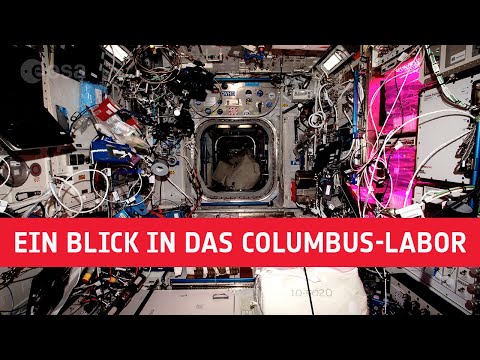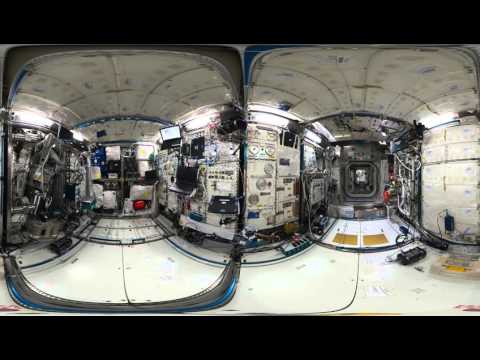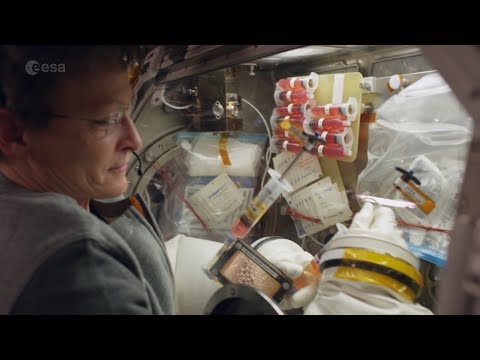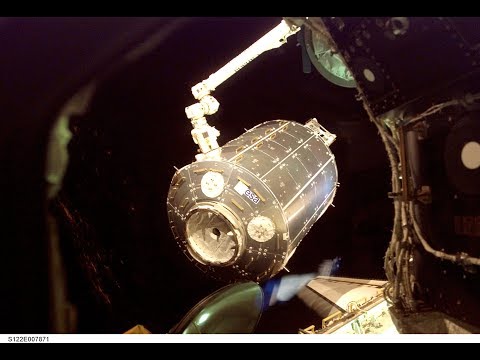The making of Columbus
From building to liftoff and installation, these images show the making of European space lab Columbus and its daily use for out-of-this-world research.
Like the transatlantic voyages that Christopher Columbus made half a millennium ago, the Columbus module was meticulously planned, budgeted, scrapped and redesigned before getting the official blessing to build, ship and launch.
The laboratory ascended to orbit aboard Space Shuttle Atlantis from the Kennedy Space Center in Florida, USA on 7 February 2008. Nestling in the spaceplane’s cargo bay, Columbus was accompanied by a seven-man crew.
On 11 February, the crew on the International Space Station captured the new arrival. At that moment, Columbus became Europe’s first permanent human outpost in orbit and Europe became a full partner of the International Space Station.
Columbus houses as many disciplines as possible in a small volume, from astrobiology to solar science through metallurgy and psychology – more than 225 experiments have been carried out during this remarkable decade. Countless papers have been published drawing conclusions from experiments performed in Columbus.
More about Columbus here: esa.int/Columbus





Good, ol'e Colombus still rocks! 👍😎
This is not a making of, this is only a short trayler of a making of.
3:21 LOL
7 February 2008 —> 7 February 2018 : TEN YEARS TO EDIT THE MAKING OF VIDEO ! ! !
Je sais qu'on n'est pas des flèches en Europe, mais là quand-même…
Happy Birthday Columbus Module 10 years in space. keep that science coming.
music in the background is the theme song to Gravity.
Sometimes we tend to forget the best things… thanks
Made by Italy! ♥